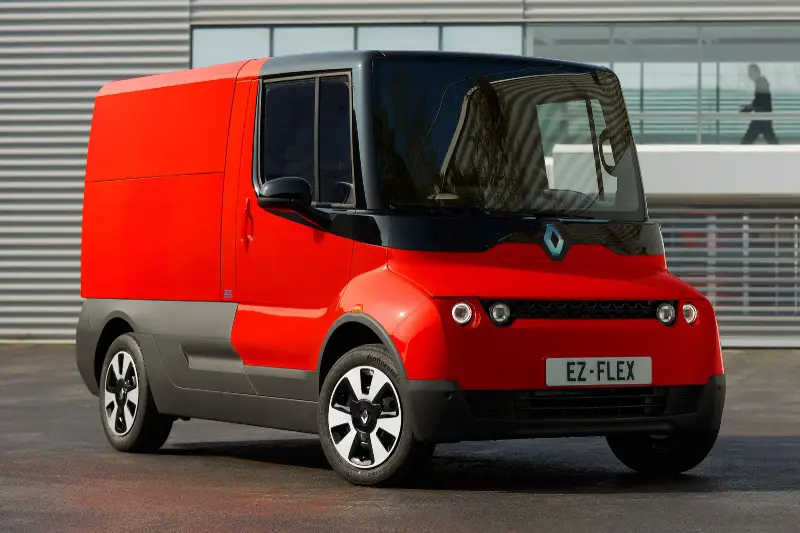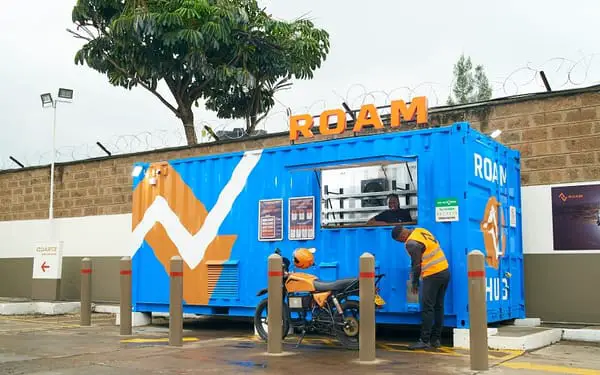Renault EZ-FLEX
The EZ-FLEX has a claimed all electric range of 100 km (62 miles), making it suitable for use in low-emission environments. Renault…


The EZ-FLEX has a claimed all electric range of 100 km (62 miles), making it suitable for use in low-emission environments. Renault insists this range will be adequate for an urban delivery vehicle, a category of van which it claims covers only around 30 miles a day on average. The load bay will also be configurable, allowing it to meet the different needs of each profession that might use the van.
It is a compact and maneuverable vehicle designed to move seamlessly throughout cities.It provides an optimal footprint in relation to its load space: the length (3.86 m), width (1.65 m) and height (1.88) are small enough to enable access to car parks. Its 3 cubic metre load capacity is exceptional for its dimensions and made possible by a compact cockpit which still offers the full range of assets of a true LCV. The 4.5 m turning circle provides excellent maneuverability in city centers.
Everything was designed to meet the needs of deliverers: the wide access to the driver’s seat which facilitates ingress and egress, a highly visible central dashboard for quick and easy access to driving information, pedestrian and urban environment visibility and simple and efficient driving controls. The human machine interface is modern and fully integrated into the world of smartphones. It offers services and applications linked to the vehicle and can integrate applications linked to various professionals’ activities.
Rear loading is optimized via an ergonomic loading height (760 mm above ground) and openings enabling easy access to the entire loading surface. The vehicle is also designed to enable a wide variety of configurations. These rear space configurations are adaptable, designed to meet the different needs of the professionals by whom the vehicle will be used.
As an electric vehicle, EZ-FLEX can access city centers, offering a range of 150 km adapted to the needs of urban delivery.
The vehicle is equipped with sensors to better understand the uses, and the professionals will enrich this data with their feedback during the experiment. Different data types will be collected: Geo-location, mileage, range, use of openings, speed, stops, etc. This data will then be transferred via the vehicle’s connected system, either in real time or once per day, to understand the reality of daily uses.
The analysis of the data, complemented by the professionals’ feedback, will enable Renault to design vehicles which are better adapted to the evolution in urban logistics. The goal is to have the ecosystem’s players test a vehicle and its services in real-life conditions to obtain a shared vision of urban mobility of goods.
Through this experiment, Renault is initiating a new approach to prepare and design the innovations of tomorrow. This flexible approach, which is a breakthrough in the automotive industry, is very close to practices used in other sectors, such as gaming.
Summary Specs
- Range of 150 km (93 miles)
- Length (3.86 m), width (1.65 m) and height (1.88 m)
- 3 cubic metre load capacity
- 4.5 m turning circle




